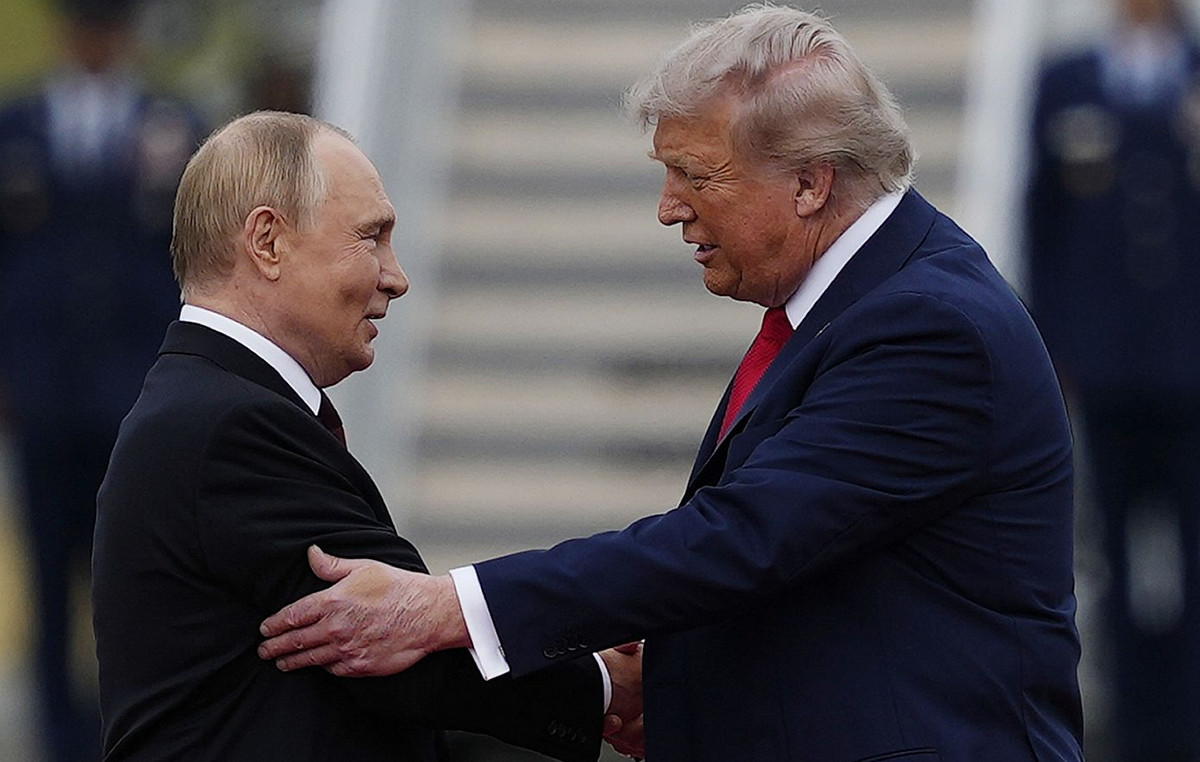- The Euro is under pressure after reaching weekly highs against the US Dollar.
- European stocks are trading mostly on the defensive on Tuesday.
- The EUR/USD pair loses strength near 1.0580.
- USD Index (DXY) maintains constructive tone near 106.40.
- Germany and Eurozone economic sentiment surprised on the upside.
- US retail sales exceeded expectations in September.
He ANDuro (EUR) failed to maintain the previous bullish streak to the weekly high zone around 1.0580 against the US Dollar (USD), causing the EUR/USD quickly gave up those gains and turned its attention downward again on Tuesday.
Meanwhile, the greenback maintains the bullish trend around the 106.30-106.40 band when followed by the US Dollar Index (DXY), shedding Monday’s negative performance as selling pressure persists in the equity market from USA
Focusing attention on monetary policy, investors anticipate that the Federal Reserve (Fed) will maintain its stance of not applying any interest rate adjustments for the remainder of the year. Meanwhile, financial market participants are contemplating the possibility that the European Central Bank (ECB) may also pause its interest rate policy, despite inflation levels exceeding the bank’s target and growing concerns about a economic recession or stagflation in the European region.
Regarding the Euro, economic confidence in Germany and the euro zone, according to the ZEW Institute, was above expectations at -1.1 and 2.3 for the month of October.
In the United States, retail sales increased 0.7% month-on-month in September and industrial production increased 0.3% month-on-month in the same month. Later in the NA session, the NAHB housing market index, business inventories and speeches from FOMC Governor Michelle Bowman (permanent voter, hawk), New York Fed President John Williams ( permanent voter, centrist), and Richmond Fed President Thomas Barkin (2024 voter, centrist).
Daily summary of market movers: the Euro appears to have embarked on a consolidation phase
- The EUR faces some selling pressure against the USD.
- US and German yields maintain the bullish trend.
- Investors believe the Federal Reserve will keep interest rates stable in the coming months.
- Investors anticipate that the ECB will stop its rate hike cycle.
- ZEW officials suggest the worst is over.
- Geopolitical tensions in the Middle East remain high.
- The Bank of England’s Swati Dhingra sees some easing in the labor market.
- The RBA minutes showed a tough stance on the part of policymakers.
- The Bank of Japan could be planning to raise the inflation target to 3.0% in fiscal 2023.
- Technical analysis: The Euro faces another possible visit to annual lows
- EUR/USD is under slight downward pressure and returns to the 1.0550 region on Tuesday.
If the current uptrend persists, EUR/USD could re-reach the October 12 high at 1.0639 before the September 20 high at 1.0736 and the notable 200-day SMA at 1.0821. A break above this point could lead to an attempt to break through the August 30 high of 1.0945 and approach the psychological level of 1.1000. Any further advances beyond the August 10 high of 1.1064 could push the pair towards the July 27 pinnacle of 1.1149 and even reach the 2023 high of 1.1275 seen on July 18.
Conversely, should selling pressure resume, there is a chance to re-reach the 2023 low at 1.0448 seen on October 3 and possibly test the important support at 1.0400. If this threshold is breached, it could open the way to retest the lows at 1.0290 (November 30, 2022) and 1.0222 (November 21, 2022).
As long as EUR/USD remains below the 200-day SMA, the possibility of sustained bearish pressure remains.
FREQUENTLY ASKED QUESTIONS ABOUT THE EURO
What is the Euro?
The Euro is the currency of the 20 countries of the European Union that belong to the Eurozone. It is the second most traded currency in the world, behind the US dollar. In 2022, it accounted for 31% of all foreign exchange transactions, with an average daily volume of more than $2.2 trillion per day.
EUR/USD is the most traded currency pair in the world, accounting for an estimated 30% of all transactions, followed by EUR/JPY (4%), EUR/GBP (3%) and EUR/AUD (2% ).
What is the ECB and how does it influence the Euro?
The European Central Bank (ECB), headquartered in Frankfurt (Germany), is the reserve bank of the Eurozone. The ECB sets interest rates and manages monetary policy.
The ECB’s main mandate is to maintain price stability, which means controlling inflation or stimulating growth. Its main instrument is to raise or lower interest rates. Relatively high interest rates – or the expectation of higher rates – tend to benefit the euro and vice versa.
The Governing Council of the ECB makes monetary policy decisions at meetings held eight times a year. Decisions are made by the heads of the eurozone’s national banks and six permanent members, including ECB President Christine Lagarde.
How do inflation data influence the value of the Euro?
Eurozone inflation data, measured by the Harmonized Index of Consumer Prices (HICP), is an important econometric data for the euro. If inflation rises more than expected, especially if it exceeds the 2% target set by the ECB, it is forced to raise interest rates to bring it back under control.
Relatively high interest rates compared to their peers tend to benefit the euro, making the region more attractive as a place for global investors to park their money.
How do economic data influence the value of the Euro?
The published data measures the health of the economy and can influence the euro. Indicators such as GDP, manufacturing and services PMIs, employment and consumer confidence surveys can influence the direction of the single currency.
A strong economy is good for the Euro. Not only does it attract more foreign investment, but it may encourage the ECB to raise interest rates, which will directly strengthen the EUR. Conversely, if economic data is weak, the Euro is likely to fall.
The economic data for the four largest economies in the eurozone (Germany, France, Italy and Spain) are especially significant, as they represent 75% of the eurozone economy.
How does the trade balance affect the Euro?
Another important data for the Euro is the trade balance. This indicator measures the difference between what a country earns from its exports and what it spends on imports during a given period.
If a country produces highly sought-after exports, its currency will appreciate due to the additional demand created by foreign buyers wishing to purchase these goods. Therefore, a positive net trade balance strengthens a currency and vice versa for a negative balance.
Source: Fx Street
I am Joshua Winder, a senior-level journalist and editor at World Stock Market. I specialize in covering news related to the stock market and economic trends. With more than 8 years of experience in this field, I have become an expert in financial reporting.







